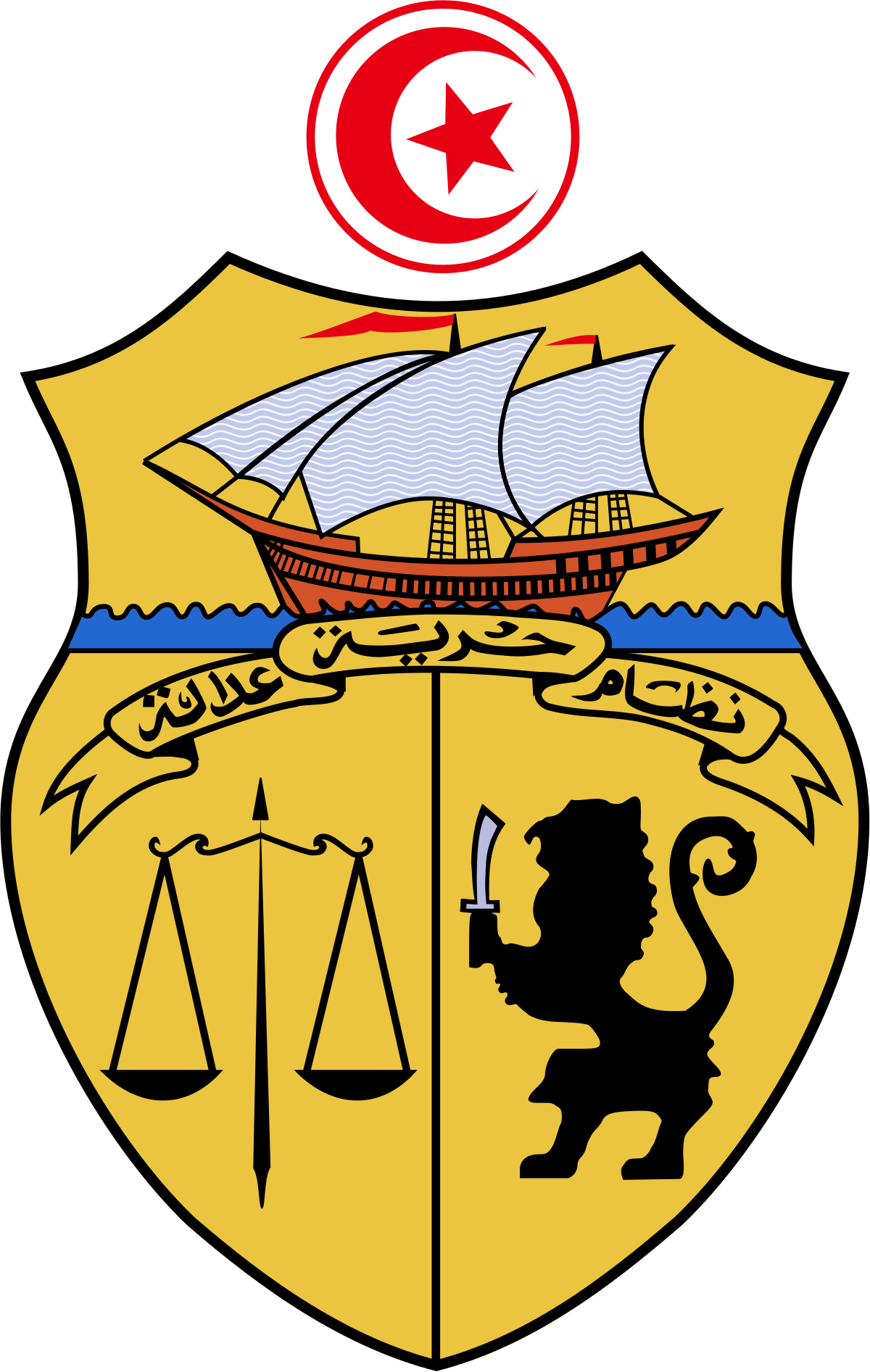Location
Rivalry between French and Italian interests in Tunisia culminated in a French invasion in 1881 and the creation of a protectorate. Agitation for independence in the decades following World War I was finally successful in convincing the French to recognize Tunisia as an independent state in 1956. The country's first president, Habib BOURGUIBA, established a strict one-party state. He dominated the country for 31 years, repressing Islamic fundamentalism and establishing rights for women unmatched by any other Arab nation. In November 1987, BOURGUIBA was removed from office and replaced by Zine el Abidine BEN ALI in a bloodless coup. Street protests that began in Tunis in December 2010 over high unemployment, corruption, widespread poverty, and high food prices escalated in January 2011, culminating in rioting that led to hundreds of deaths. On 14 January 2011, the same day BEN ALI dismissed the government, he fled the country, and by late January 2011, a "national unity government" was formed. Elections for the new Constituent Assembly were held in late October 2011, and in December, it elected human rights activist Moncef MARZOUKI as interim president. The Assembly began drafting a new constitution in February 2012 and, after several iterations and a months-long political crisis that stalled the transition, ratified the document in January 2014. Parliamentary and presidential elections for a permanent government were held at the end of 2014. Beji CAID ESSEBSI was elected as the first president under the country's new constitution. In 2016, the new unity government continued to seek to balance political cohesion with economic and social pressures.
Tunisia is a parliamentary republic.
Source: CIA World Factbook
Members:
Resources
Displaying 1 - 5 of 7Arrêté de ministre de l'équipement, de l'habitat et de l'aménagement du territoire du 16 octobre 2017, complétant l'arrêté du 1er juin 2015, fixant les tarifs des prestations de l'office de topographie et du cadastre.
Le présent arrêté complète l'arrêté du 1er juin 2015, fixant les tarifs des prestations de l'office de topographie et du cadastre. En effet, il ajoute à l'article 9 du titre III de l'arrêté du ministre de l'équipement, de l'habitat et de l'aménagement du territoire du 1er juin 2015, fixant les tarifs des prestations de l'office de la topographie et du cadastre mentionné ci-dessus, dans sa partie relative aux tarifs d'immatriculation foncière obligatoire (cadastre) un troisième point portant sur les travaux le bornage et levé et l’établissement des plans.
Décret gouvernemental n° 2017-514 du 25 avril 2017, portant délimitation du domaine public maritime du port de pêche Hassi Jellaba, gouvernorat de Médenine.
Le présent décret délimite le domaine public maritime du port de pêche Hassi Jellaba, gouvernorat de Médenine, conformément aux bornes indiqué dans le plan en annexe.
Décret gouvernemental n° 2017-513 du 25 avril 2017, portant délimitation du domaine public maritime du port de pêche El Grine, gouvernorat de Médenine.
Le présent décret délimite le domaine public maritime du port de pêche El Grine du gouvernorat de Médenine, conformément aux bornes indiqué dans le plan en annexe.
Décret gouvernemental n° 2017-389 du 9 mars 2017, relatif aux incitations financières au profit des investissements réalisés dans le cadre de la loi de l’investissement.
Le présent décret gouvernemental fixe les taux, les plafonds et les conditions de bénéfice des primes ainsi que les activités concernées prévus par l’article 19 de la loi n° 2016-71 du 30 septembre 2016, portant loi de l’investissement, telle que modifiée et complétée par la loi n° 2017-1 du 3 janvier 2017, portant loi de finances complémentaire pour l'année 2016; les projets d’intérêt national et le plafond de la prime d’investissement y afférente prévus par l’article 20 de la loi de l’investissement susvisée ; les taux, les plafonds et les conditions de bénéfice des participations au capi
Arrêté du 1er juin 2015, fixant les tarifs des prestations de l'office de topographie et du cadastre.
Le présent arrêté fixe les tarifs des prestations de l'office de topographie et du cadastre pour les immeubles faisant l’objet des travaux techniques relatifs à l’immatriculation foncière facultative, aux lotissements et aux morcellements.


